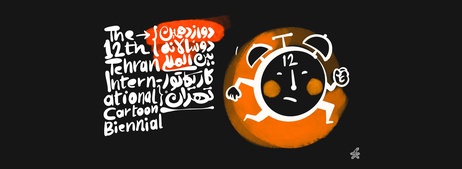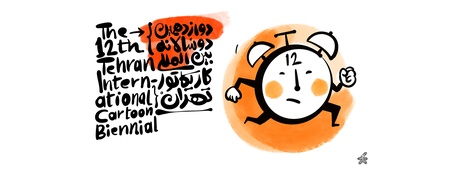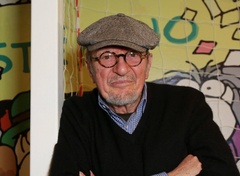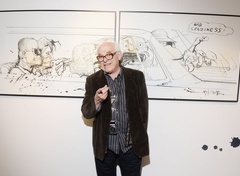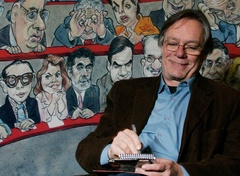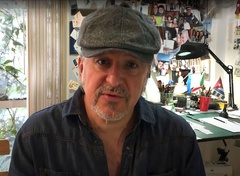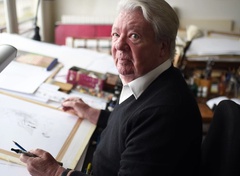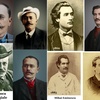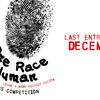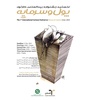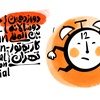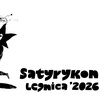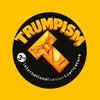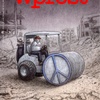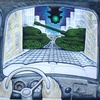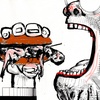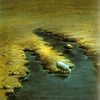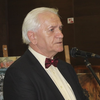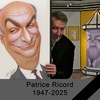Gahan Allen Wilson(February 18, 1930 – November 21, 2019) was an American author, cartoonist and illustrator known for his cartoons depicting horror-fantasy situations.
Wilson was born in Evanston, Illinois, and was inspired by the work of the satiric Mad and Punch cartoonists, and 1950s science fiction films.
He is the scariest cartoonist in the world.
One of the facets of your work is that each cartoon is based upon an idea, but it’s the drawing and the idea combined that make it work, and the drawing has to be funny. In other words, the same idea with a different drawing would not necessarily be as effective. Could you talk a little about how you developed your particular approach to drawing so that it’s intrinsically funny?
It’s like, in reference to the movie director business, you have a script, and what you do is you cast carefully so that the actor is appropriate for the character that’s written, and the theme, you wanna have it look authentic. You have to take into account the atmosphere of it, and the lighting. And then you go into costumes and the whole business. You have to go through all that stuff. And the director has the luxury of costumers and so on and so on, but you’re really doing all the separate duties, but you eye it the same exact way as a director would.
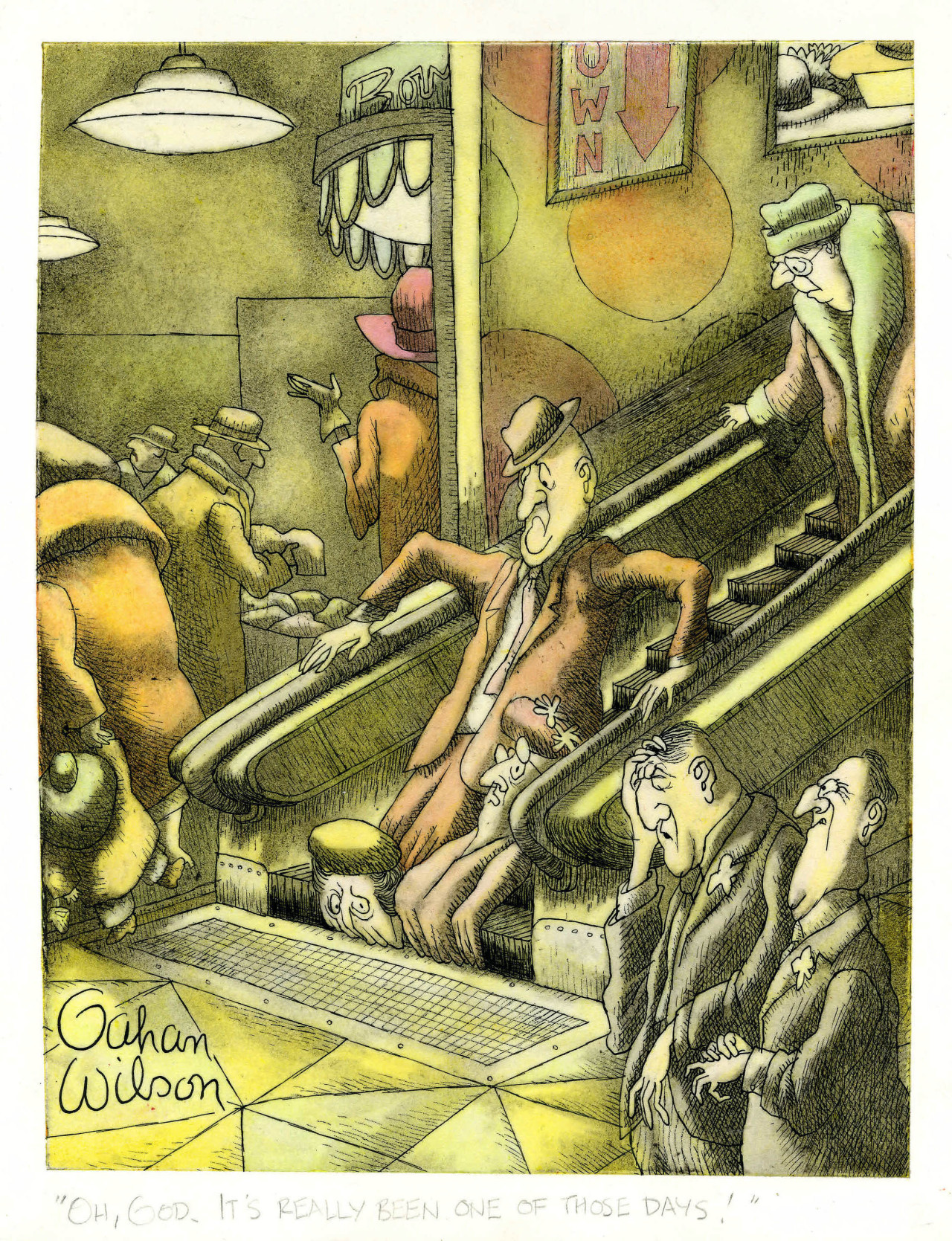
One of your stylistic quirks is that you draw these everymen (and everywomen) with these rubbery, scrunchy, fleshy faces. I can’t imagine your work without that particular quality. You once mentioned how you were impressed by the looks on people’s faces when you were a kid during the Depression. And I wonder if it all comes from that.
I think certainly I must’ve been aware, or I wouldn’t have had that flashback.
The expressions on the people’s faces are expressions of panic or fear or horror, or even resignation or bewilderment
Yeah, that’s well-observed. And again, as in a film, if you’ve got an eerie, fantastic event, it’s strengthened if the people, flesh-and-blood people, react to it appropriately, and look very flesh-and-bloody in the presence of this astounding whatever-it-is. It fills it.
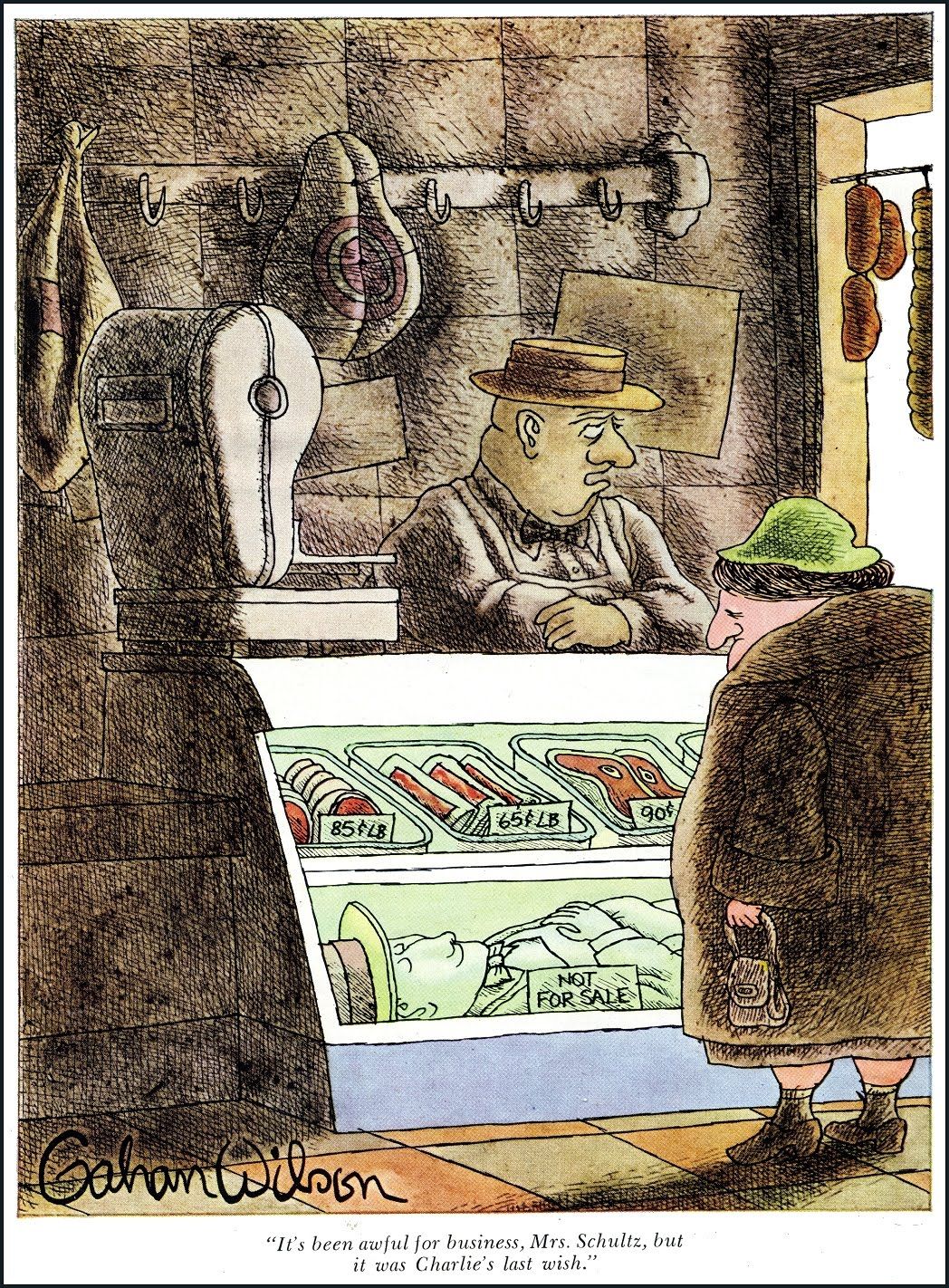
Politics doesn’t rear its head in your cartoons often. But when it does, it’s incredibly potent. You seem especially interested in conservationism—or what used to be called conservationism.
Very much so. I was into the destruction of the planet Earth quite a while back, way before it caught on as a cause célèbre. One part of it I think was the Acme Steel Mill with its death-making machinery, situated in the little towns around these places that were poisoned, very obviously. And you could see the acid’s effect on the walls, the boards of the houses, and on the rooftops, and on the vegetation and so on. And I think that alerted me to the casualness with the fragility of the thing, and the callousness. And also, really, it’s a terrific joke that we have this one really teeny fragile place and we seem to be intent on destroying it, and I suspect, irredeemably started a process of doing it. But yeah,
I became aware of that quite early on.

One of the earliest cartoons on that subject was published in 1970, where you have two people in a Washington D.C. Senatorial office—the Washington monument is in the background—and they both have these enormous gas masks on, and the one guy is walking and saying “I’m sorry, Senator, it’s some more of those crackpot conservationists.” And it occurred to me that a lot of your cartoons—
Yeah. Oh, I’m absolutely furious at it, and I had this fantasy that it might alert some senator, you know.
And then, I don’t know if you heard this story or not, but I did a cartoon once which had this living room—some suburban place—and the couple that own it cowering behind chairs, and outside you see all kinds of animals prowling around, and there’s a bear trying to get in the kitchen window. And the guy says, “I knew this would happen if those crackpot conservationists had their way.” And this incredibly odd thing happened where my father wrote me a letter—he almost never wrote me a letter—that he was so touched that I had finally come to see the truth. He completely misinterpreted the cartoon and thought I was against the crackpot conservationists. And at that point I realized that this is not working. [Laughs]
He was firmly anti-planet Earth, although it would never have occurred to him, and he would’ve been shocked and saddened had he thought that I thought that. And he loved nature! He loved to be out on his boat in the water and so on. But they just—I don’t know…I just don’t get it.

Well, it may be generational. There was such a lack of awareness, I think, at that time.
And the present crew…now it’s been turned into a kind of a fad, and I suspect a lot of the stuff that they’re doing is about as useful as those little green mouth patches they’re wearing in Mexico.
Some of these cartoons, not only the ecological-oriented cartoons, but you also have cartoons that refer to nuclear armageddon and “The End of Civilization” and so forth—
The Eskimo’s probably the best one in that category.
Where the Eskimos are looking up at the missiles?
That’s probably the basic statement.
for visiting his gallery please click here
interview by Gary Groth,NOV 27, 2019,The Comics Journal

